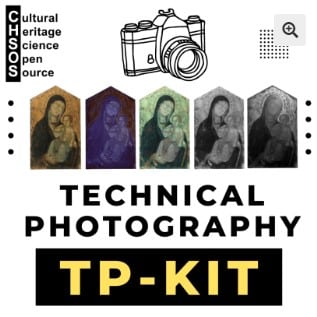
This lesson explores the zinc–copper alloy used in modern coinage, focusing on the U.S. one-cent coin (penny) produced after 1982. Students will examine how the transition from solid copper to zinc-based alloy reduced production costs, and how XRF spectroscopy reveals the layered composition of plated metals. The lesson introduces the concept of plating and its impact on XRF results.
Objectives
-
Understand the composition and properties of zinc–copper alloys used in coinage.
-
Recognize the difference between true alloys and plated metals.
Materials
-
U.S. one-cent coins (pre- and post-1982)
-
Sandpaper or abrasive tool
Lesson Plan
-
Discuss the historical change in the composition of the U.S. penny and reasons for adopting a zinc-based alloy.
-
Perform XRF analysis of the coin surface and discuss spectral peaks for copper and zinc.
-
Lightly abrade the coin surface and reanalyze to reveal the underlying zinc-rich alloy.







